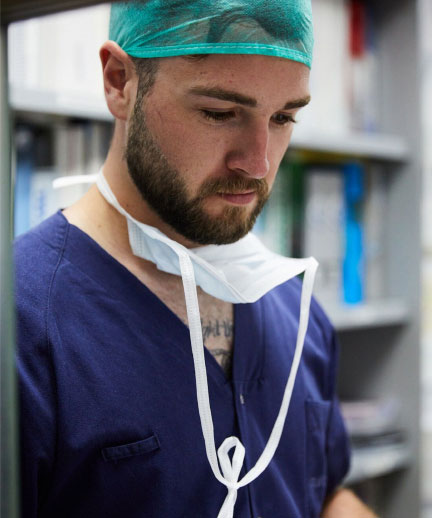Zagreb is the capital and the largest city of Croatia, with a population of over one million people across its expansive metropolitan area. While not as well known as its coastal counterparts, Zagreb deserves equal attention for its breathtaking location along the Sava River at the base of the Medvednica mountain. A city with an ancient history dating back to Roman times coupled with the modern comforts of a bustling city, Zagreb offers the best of both worlds.
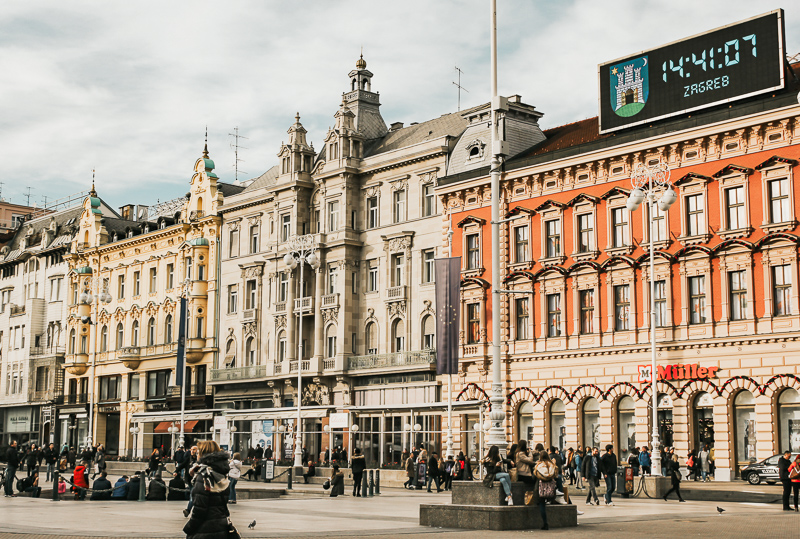
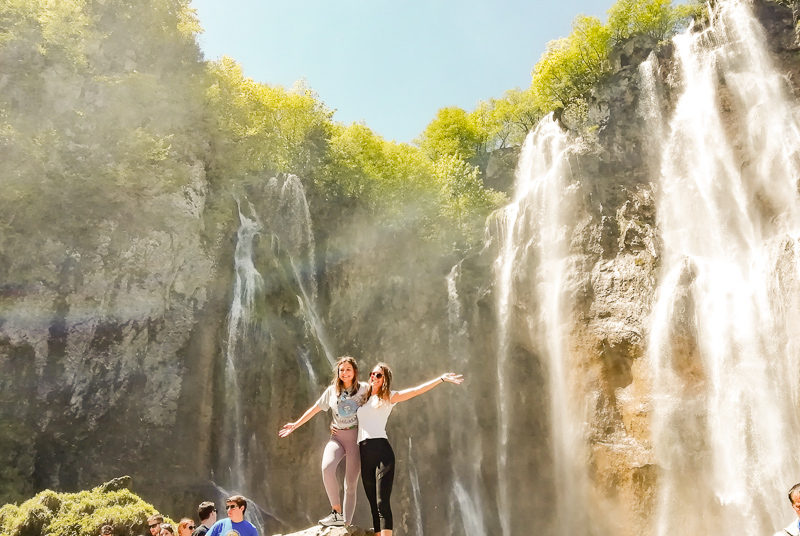
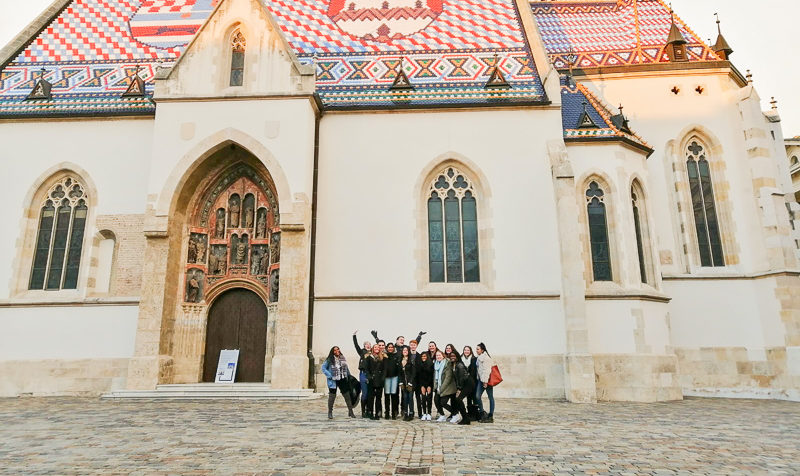
Zagreb,
Croatia
Hospital Info
- Public Hospital
- 500 - 900 beds total
- 75 employees
What's Included
- Shadow 60+ Hours
- Small groups of 10 - 15 students
- Local Housing
- 24/7 Atlantis staff in your city
Program Dates
Winter Sessions
-
Dec. 11, 2019 – Dec. 21, 20191.5 Weeks$2,199Closed
-
Jan. 4, 2020 – Jan. 17, 20202 Weeks$2,399Closed
Summer Sessions
-
May. 16, 2019 – Jun. 5, 20193 Weeks$4,799Limited
-
Jul. 25, 2020 – Aug. 14, 20203 Weeks$4,799Open
The City
The perfect city for a serious traveler, Zagreb boasts impressive transport connections, meaning you are just a plane, train, or bus away from your next weekend adventure. Zagreb holds the leading economic position in Croatia, and is therefore a city known for its diverse economy, high quality of living, museums, sporting, and entertainment events. Its main branches of economy are high-tech industries and the service sector, which means that life here as a tourist is pretty sweet.
JFK: 9.5hrs
LAX: 13hrs
ATL: 11.5hrs
Official Language:
Standard Croatian
Hospital Experience
Right in the capital of Croatia, the hospitals in Zagreb hold a lot of importance for the country. The two hospitals that we are partnered with are the Klinička bolnica Sveti Duh (Holy Spirit Clinical Hospital) and the Klinicki Bolnicki Centar Sestre Milosrdnice (Sisters of Mercy Hospital). A mouthful, but you'll get the hang of it.
Klinička Bolnica Sveti Duh is a mid-sized urban hospital (500 adult beds and 70 newborn beds) with a variety of departments and clinics. Founded in 1804, it is the oldest currently operating hospital in all of Croatia, and has undergone multiple renovations over the course of its history. Sveti Duh is the only hospital in Zagreb financed by the city rather than the national government. It is also a teaching site for the Medical Faculty of the University of Zagreb, and is therefore involved in teaching and research.
The Sisters of Mercy Hospital began in 1846, although it was many years before the establishment came to rest in its current buildings. At that point (1894), it was managed by the Sisters of Mercy (hence the name) who ran it until it was taken over by the government in 1948. Today, it is a publicly run 863-bed institution, and is involved in teaching and research through the Institute for Clinical Medical Research. Conveniently close to the city center, it is accessible via public transportation. Unlike hospitals in the United States (in which you enter one building and access all departments internally), in Zagreb the departments are often in different buildings. Another notable point is that the hospital has a less advanced record-keeping system.
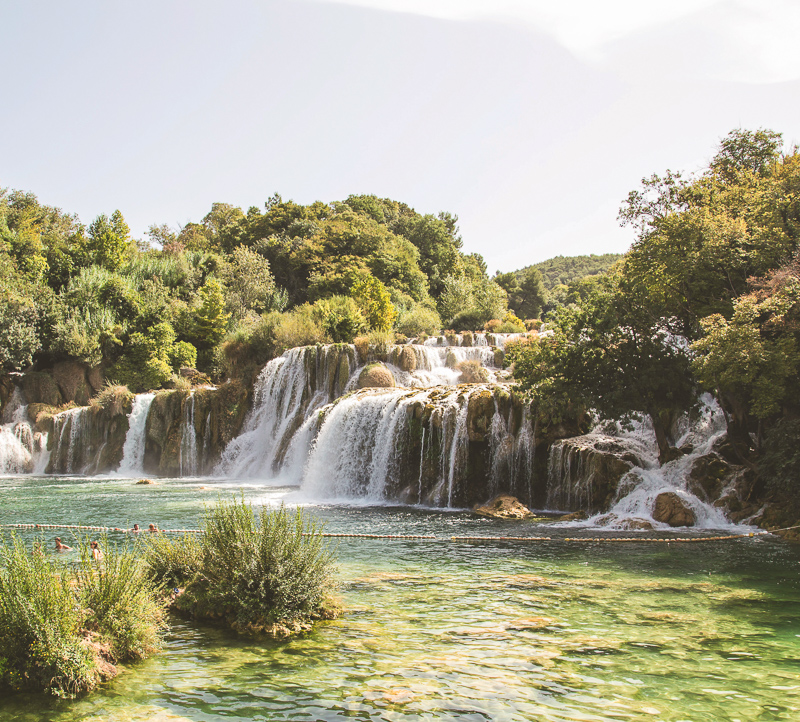
Alumni Favorite
Plitvice Lakes
Zagreb might be a landlocked city, unlike it's more well-known counterparts on the Mediterranean, but that doesn't mean it doesn't have its own jaw-dropping water feature and natural park for you to explore. The lakes and waterfalls in Plitvice Lakes National Park are the backdrop to many students' photos, and maybe even the highlight of their trip. Bring a waterproof jacket to protect yourself from the spray of the waterfall...and don't say we didn't warn you!
Weekly Excursions
There are an abundance of things to do in an around Zagreb, and excursions are ultimately subject to be different from year to year, but here are some of the activities that students have typically experienced on their Friday excursions. To start of the program and allow you to get accustomed to your new city, your first excursion will include a walking tour of Zagreb full of Hungarian culture, history, and cuisine as you see some of the most famous sights of the city. Another week you might visit the Plitvice Lakes, one of the most beautiful national parks in Europe. Hike around the lakes, drool over the giant waterfalls, and ride a boat across the turquoise lake and forest route. Finally, another week you might visit the Kezele Estate. This folk tour will give you the chance to get to know the rural side of Croatia, Croatian folk culture, and the beautiful nature that surrounds the farm. The tour also teaches students how to cook traditional Croatian food.

